Dwarka Expressway, the Northern Peripheral Road (NPR), has swiftly ascended to become one of the most promising real estate corridors in the National Capital Region (NCR). Spanning 29 kilometers, this eight-lane expressway seamlessly connects Dwarka in Delhi to Gurugram while providing enhanced accessibility to Indira Gandhi International Airport. What once was an underdeveloped stretch has now become a bustling real estate hub, attracting investors, developers, and homebuyers alike.
Significant infrastructure developments, increased connectivity, and a growing demand for premium residential and commercial spaces underpin the transformation. It has established itself as a prime location for those seeking modern, luxurious living and strategic investment opportunities.
A Real Estate Boom
The Dwarka Expressway is rapidly redefining real estate in NCR. Property prices along the expressway have seen remarkable growth, reflecting its rising prominence. According to the ANAROCK Micro Market Overview Report, property values in this area have appreciated by 80% over the last five years, outperforming other Gurugram micro-markets.
A growing portfolio of luxury residential projects adds to the region’s allure, with many developments prioritizing sustainable construction and green certifications. Buyers are drawn to larger spaces equipped with modern amenities and located close to essential social infrastructure.
“Dwarka Expressway represents a new era of real estate development in NCR. With its dynamic ecosystem offering unparalleled connectivity and world-class facilities, it is setting benchmarks for luxury living,” said Sudeep Bhatt, Director of Strategy, at Whiteland Corporation.
Strategic Connectivity and Infrastructure
The expressway’s connectivity plays a pivotal role in its rise. Offering direct links to Delhi, Gurugram, and key NCR hubs, it reduces travel time and decongests arterial roads like NH48. This accessibility has drawn in leading developers eager to capitalize on the region’s potential.
“Dwarka Expressway’s growth trajectory is rooted in strategic infrastructure and forward-looking development,” remarked Harinder Dhillon, Senior Vice-President (Sales) at BPTP.
The completion of the expressway, along with ongoing metro expansions and commercial developments, is expected to amplify its appeal further. Educational institutions, retail hubs, and employment centers along the corridor make it an ideal location for end-users and investors alike.
Property Price Appreciation: A Testament to Potential
The expressway’s real estate market is a magnet for high-net-worth individuals (HNIs) and non-resident Indians (NRIs). According to Savills India, property prices along the expressway have surged by 53% over the last three years, with some luxury projects experiencing even higher returns.
“The Dwarka Expressway has witnessed a remarkable 79% price surge over five years, demonstrating its potential as a lucrative investment,” shared Madhur Gupta, CEO of Hero Realty Pvt. Ltd.
Experts agree that the area’s strategic location and robust infrastructure development will sustain its growth momentum. The Knight Frank Residential Investment Advisory Report identifies Dwarka Expressway as one of India’s top five micro-markets for long-term price appreciation.
A Hub for Luxury Real Estate
The region has seen the emergence of numerous premium residential and commercial projects, designed to cater to the evolving demands of buyers. Developers have introduced diverse offerings, from gated communities to eco-friendly high-rise apartments, ensuring a wide range of choices across price brackets.
This focus on luxury, sustainability, and future-ready designs has elevated Dwarka Expressway’s profile as an aspirational address for discerning buyers.
Future Growth Prospects
The expressway’s future shines bright, with several ongoing infrastructure initiatives promising to enhance its appeal further. JLL India’s Real Estate Market Outlook Report predicts that the region will remain a hotspot for real estate development, driven by metro connectivity, robust infrastructure, and increasing corporate interest in the corridor.
“The region around Dwarka Expressway is becoming synonymous with exponential growth and urbanization,” noted Rahul Singla, Director of Mapsko Group. “It is now one of the most coveted real estate destinations in NCR, thanks to sustained economic growth, positive consumer sentiment, and government support.”
Driving Factors for Growth
- Infrastructure Upgrades: From metro connectivity to road widening, ongoing projects are strengthening the expressway’s appeal.
- Commercial Growth: The area’s proximity to employment hubs is attracting professionals seeking premium housing.
- Luxury and Sustainability: Developers are integrating eco-friendly designs and high-end amenities to meet evolving buyer preferences.
- Government Initiatives: Focused policies and public-private investments are accelerating development along the corridor.
Challenges and Solutions
While the expressway’s potential is undeniable, challenges such as traffic congestion during construction, pending infrastructural developments, and delays in possession have posed hurdles. However, developers and authorities are actively addressing these concerns, ensuring timely delivery of projects and better road management.
Conclusion: A Beacon of Real Estate Innovation
Dwarka Expressway symbolizes the resurgence of Gurugram’s real estate market. Its blend of strategic connectivity, luxury developments, and rising property values makes it a dream destination for investors and homebuyers alike.
The area’s evolution reflects NCR’s changing real estate dynamics—driven by demand for quality living, robust infrastructure, and sustainable development. As ongoing initiatives unfold, Dwarka Expressway is set to cement its position as one of the premier real estate corridors in India, offering opportunities for growth and innovation unmatched in the region.
 Above The Crowd
Above The Crowd Your Dream Our Responsibility
Your Dream Our Responsibility Unlock The Possibilities
Unlock The Possibilities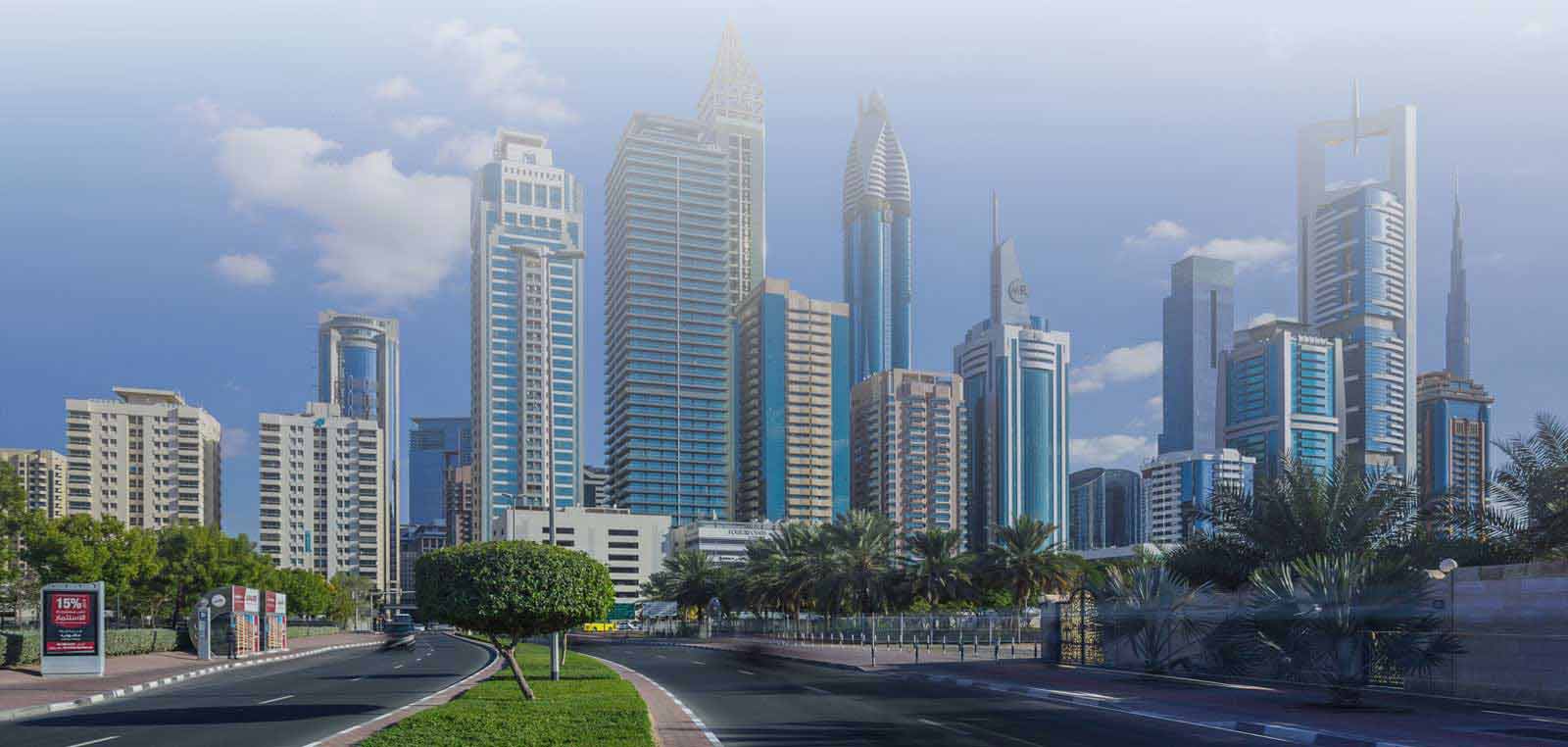 Nest Your Dreams
Nest Your Dreams Integrity, Service, Commitment
Integrity, Service, Commitment











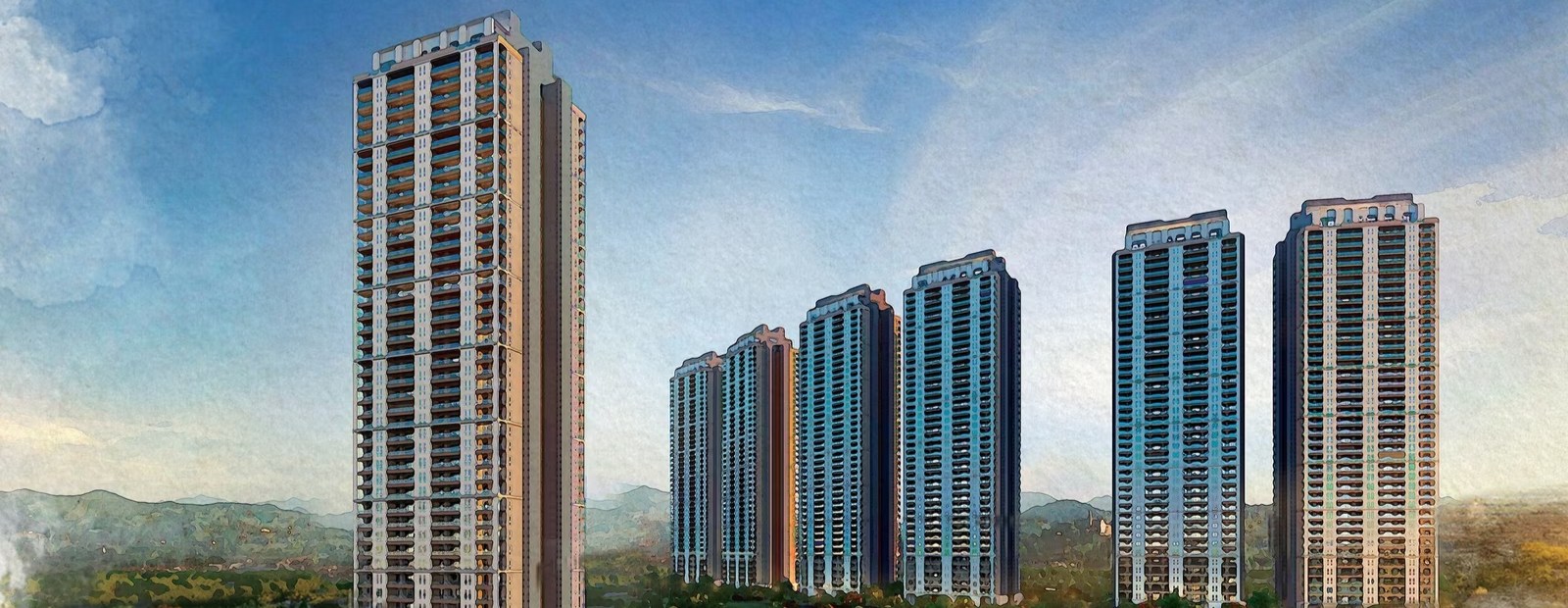
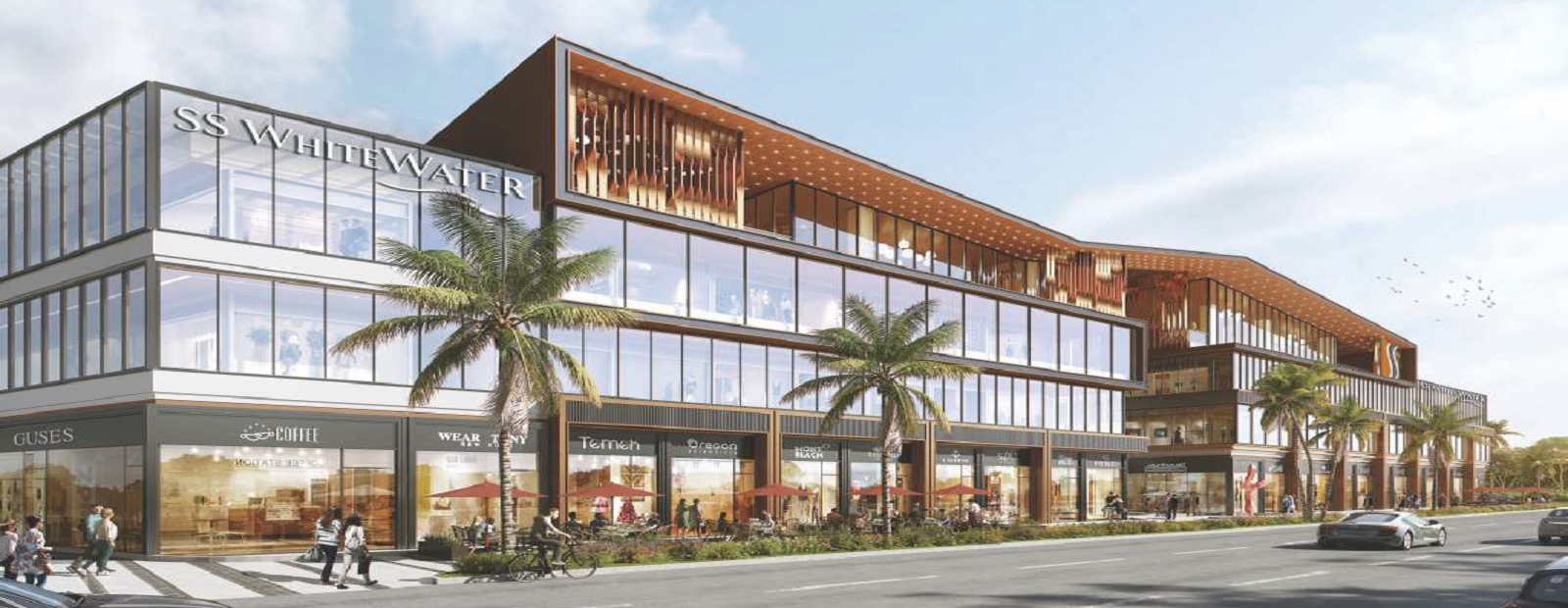





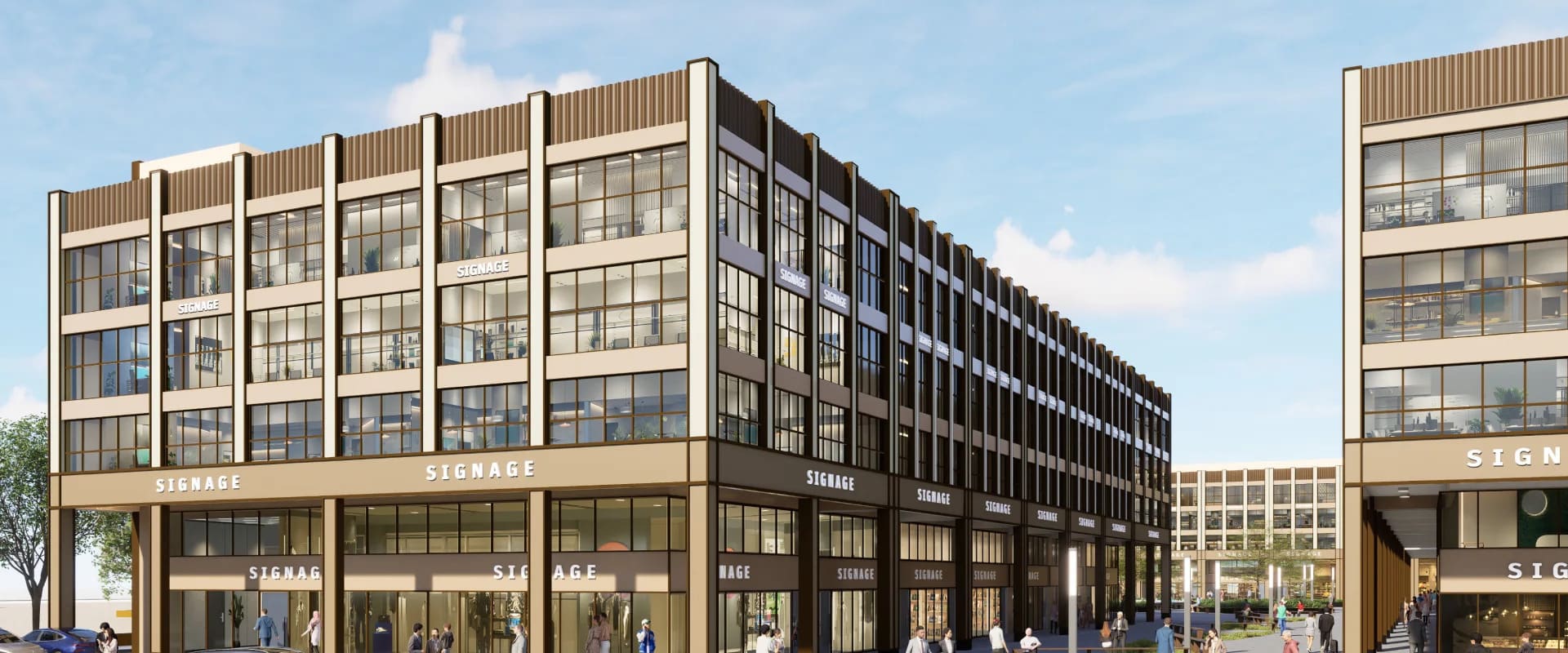

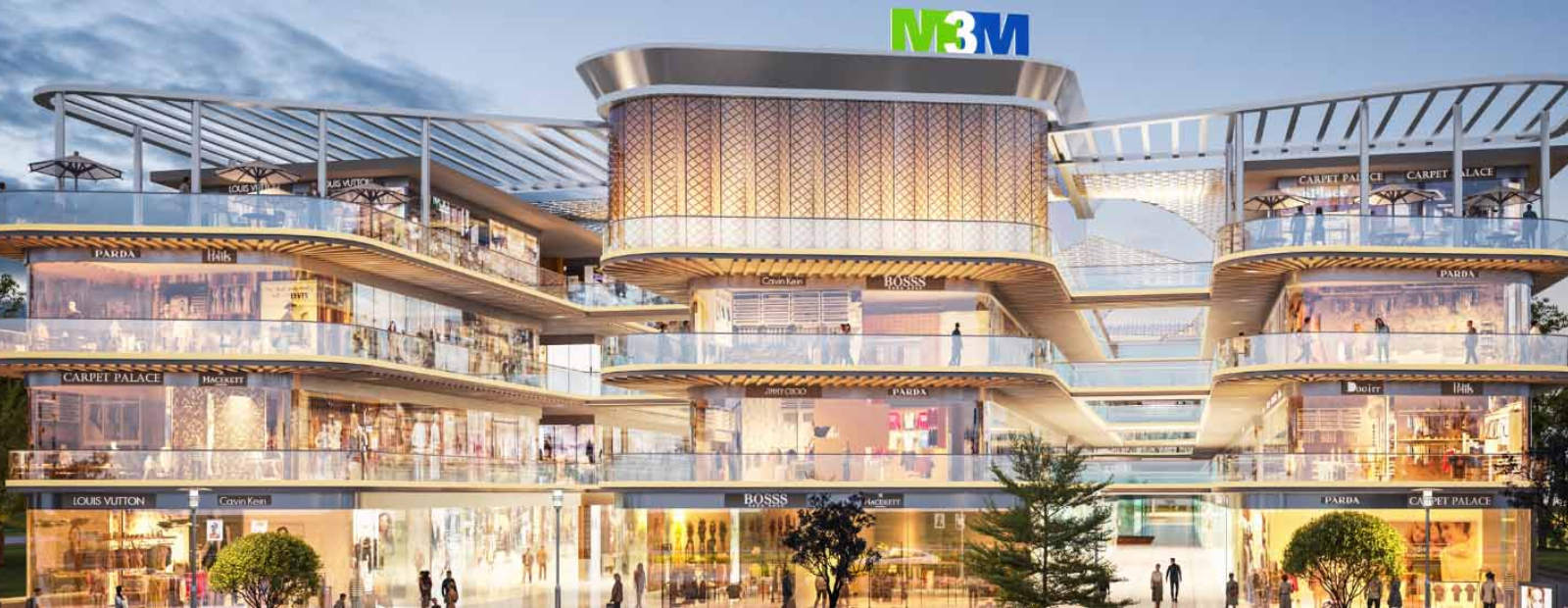


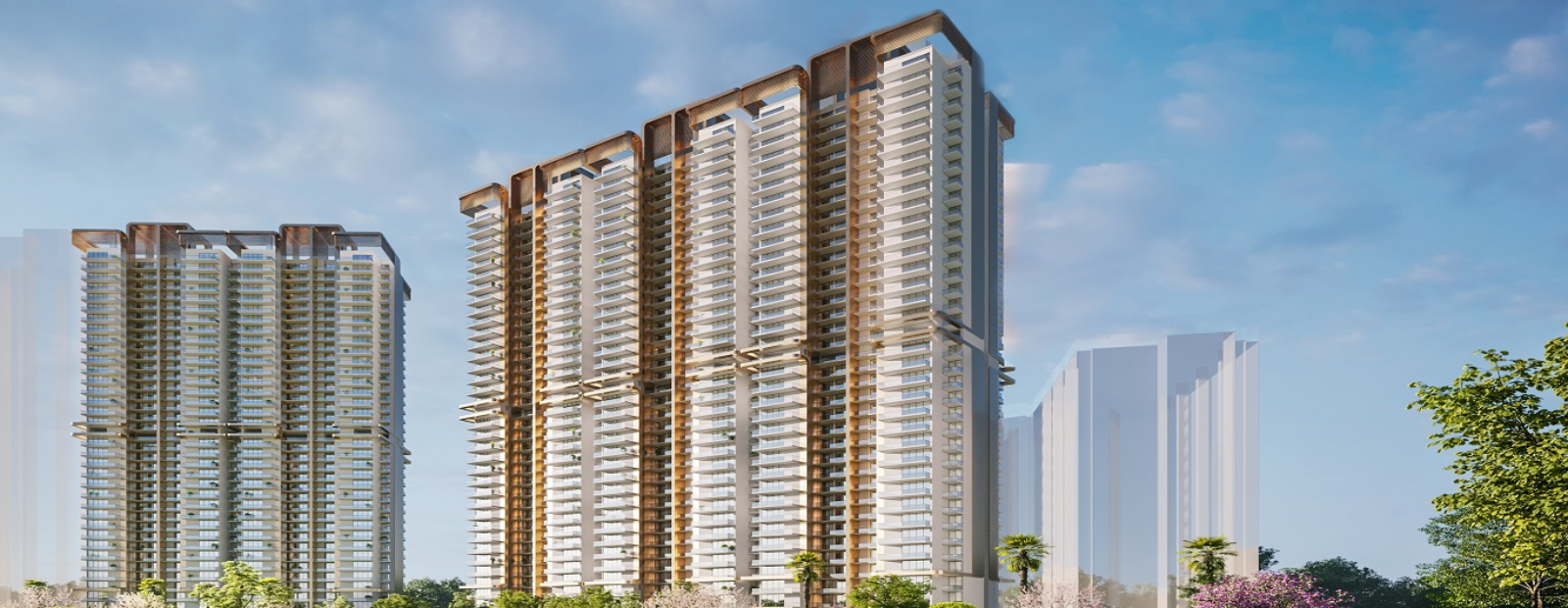











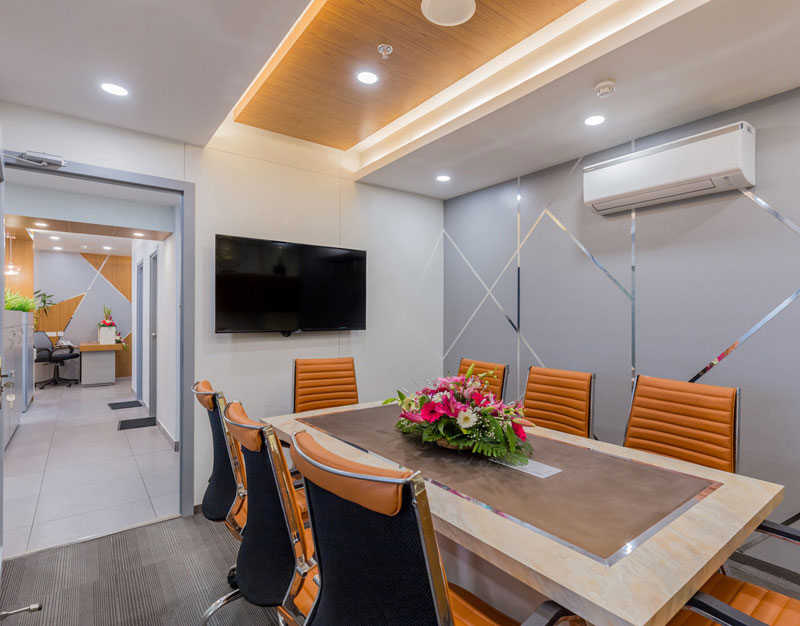









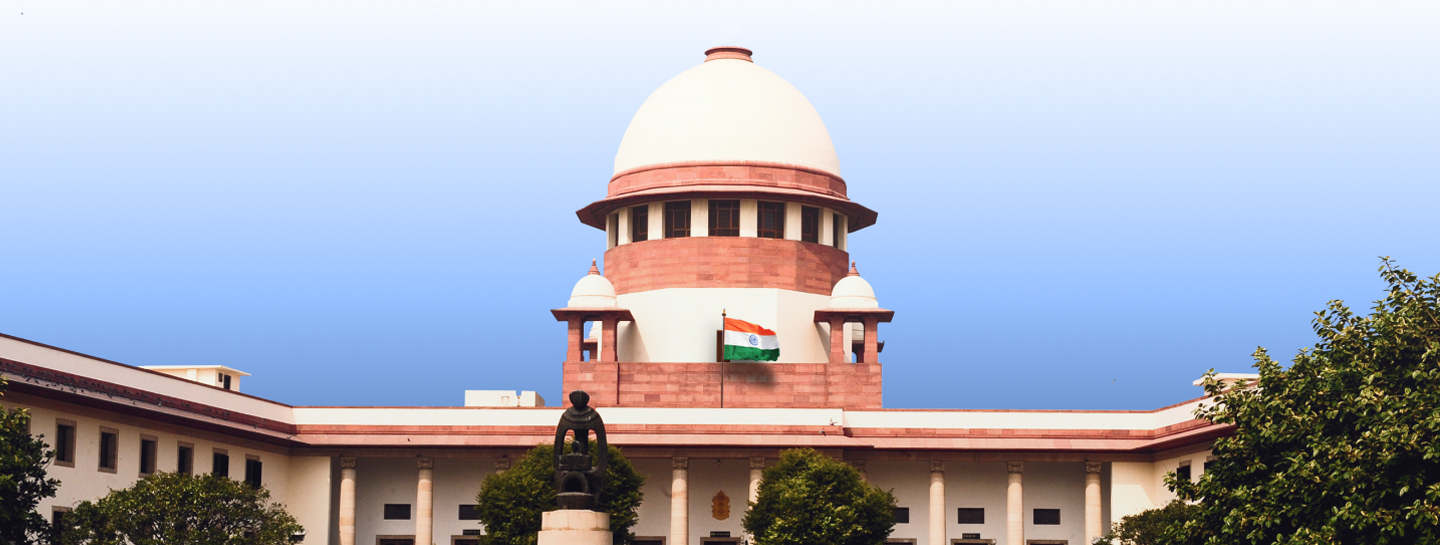


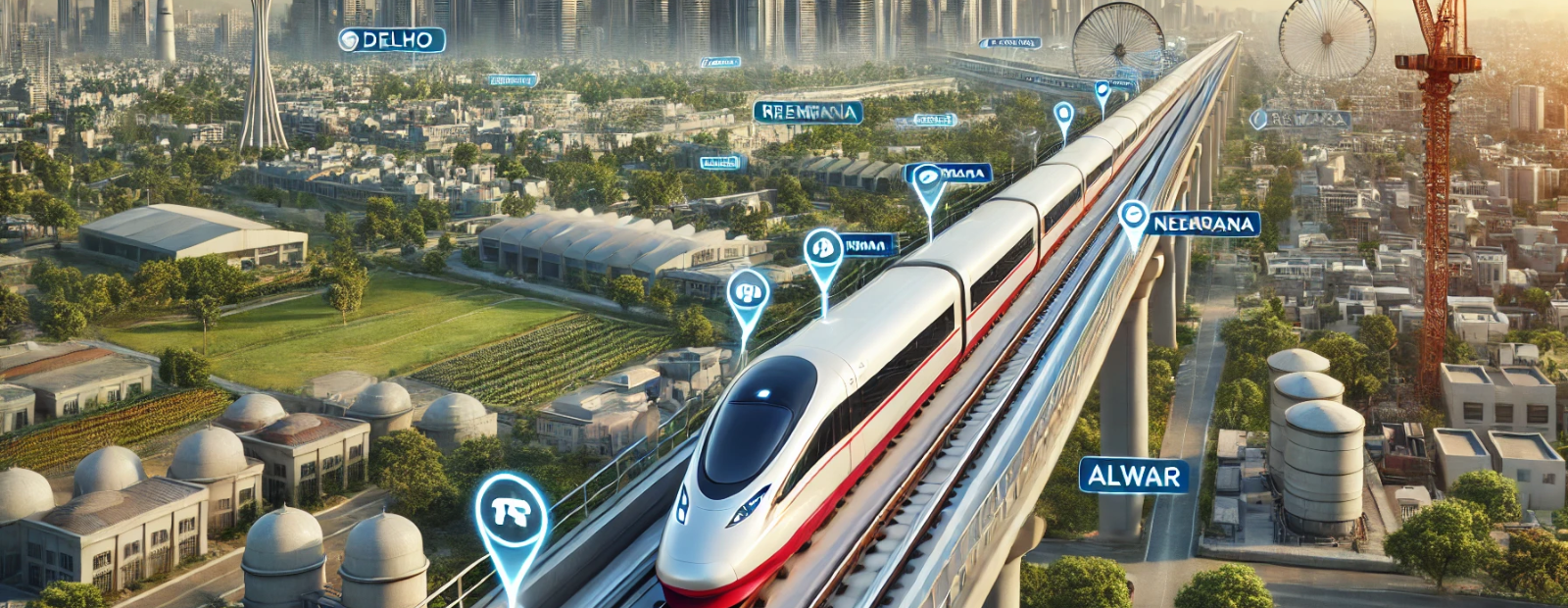
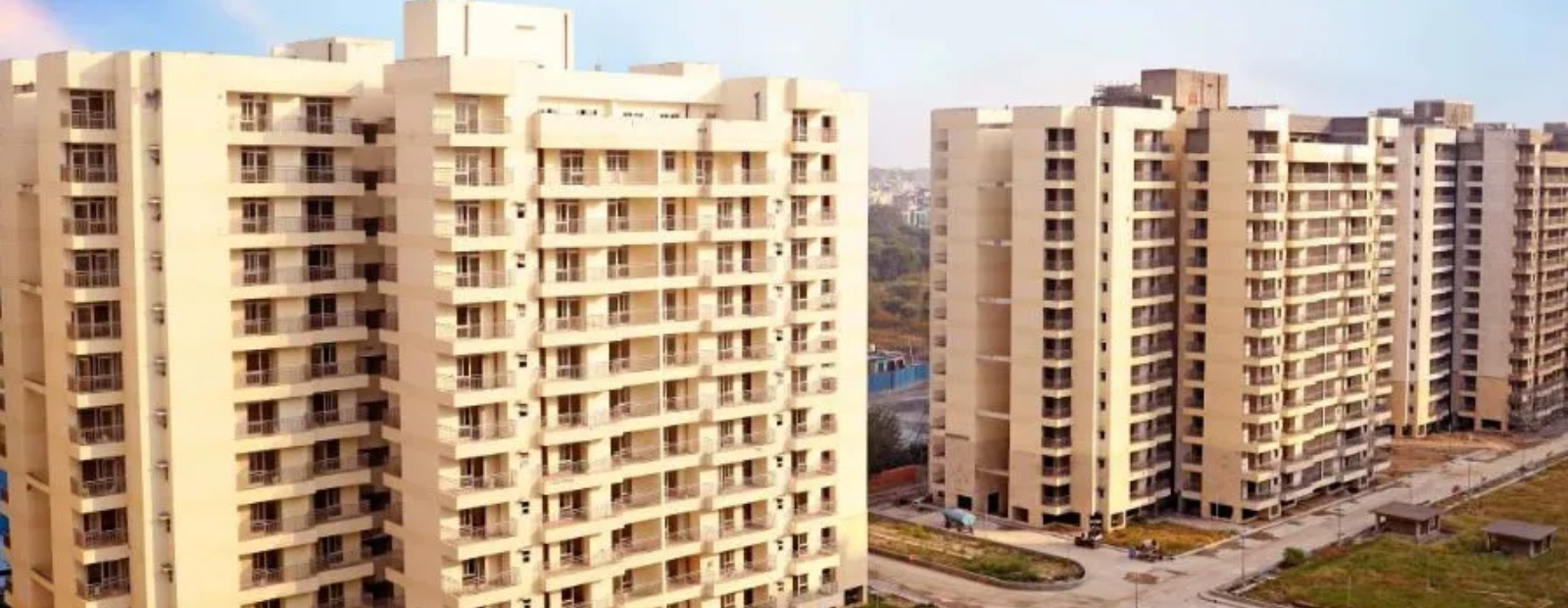

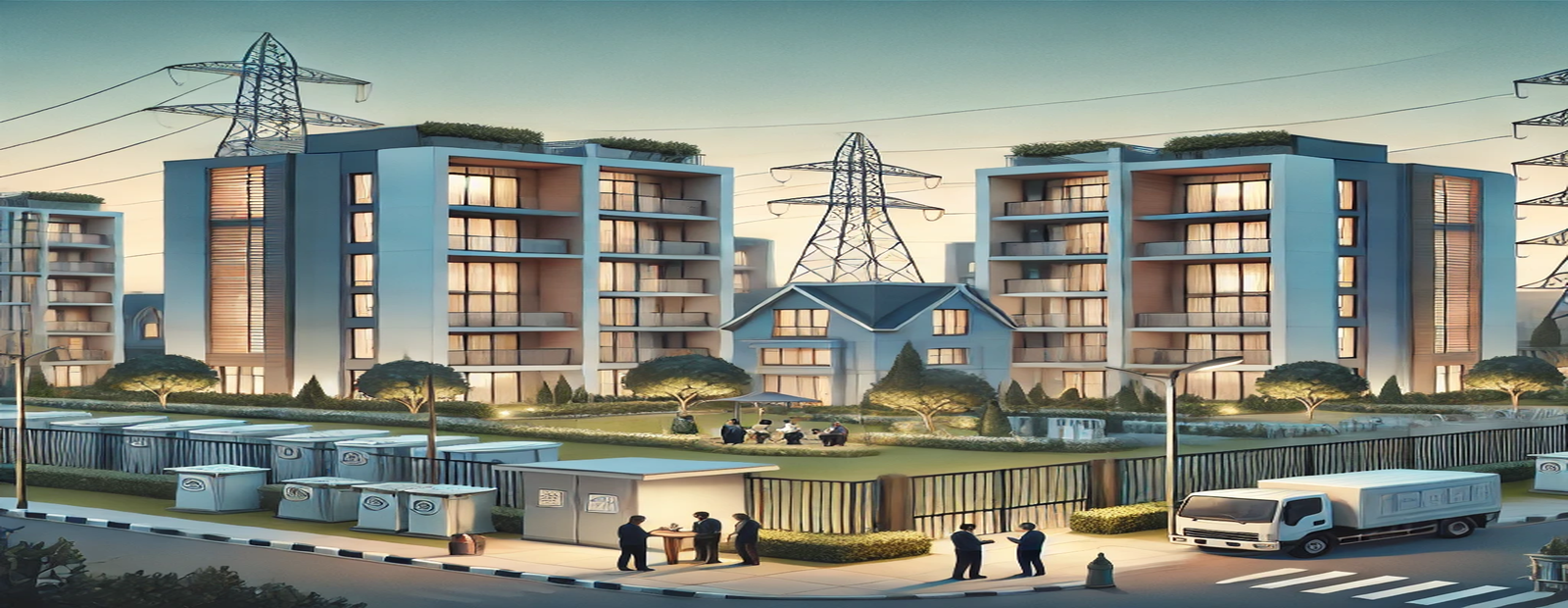

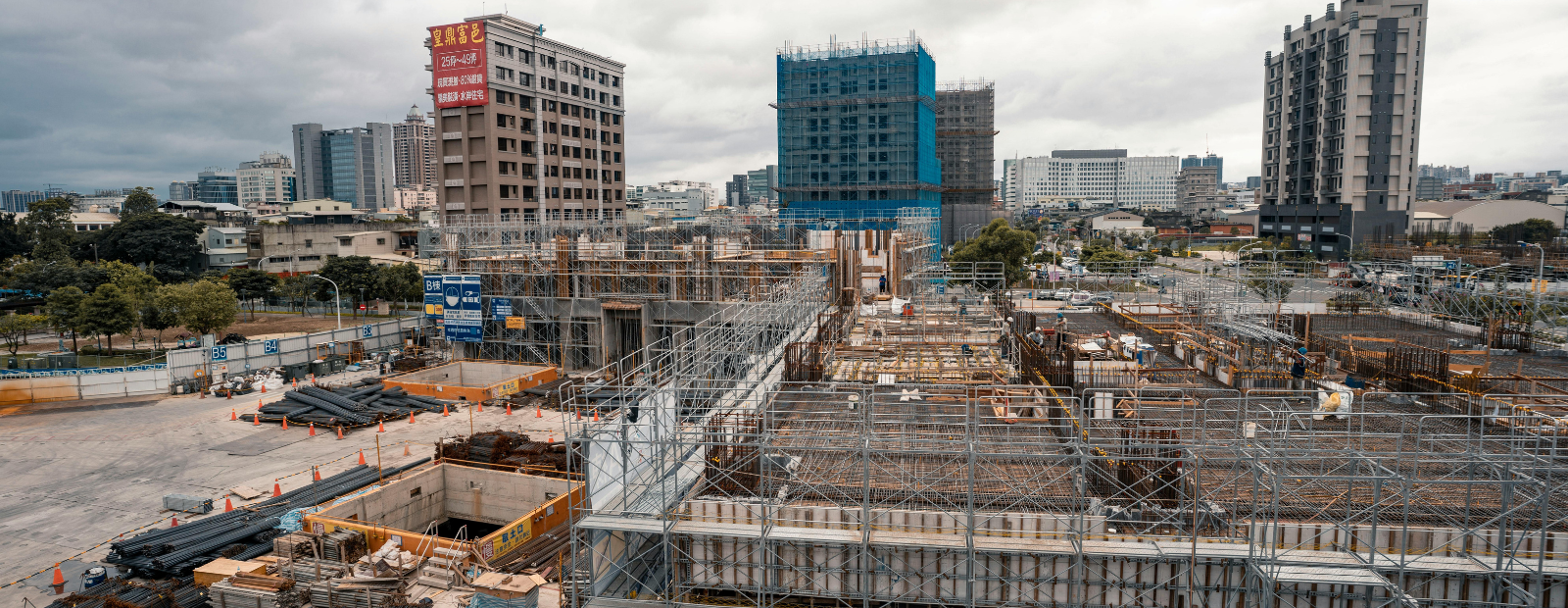

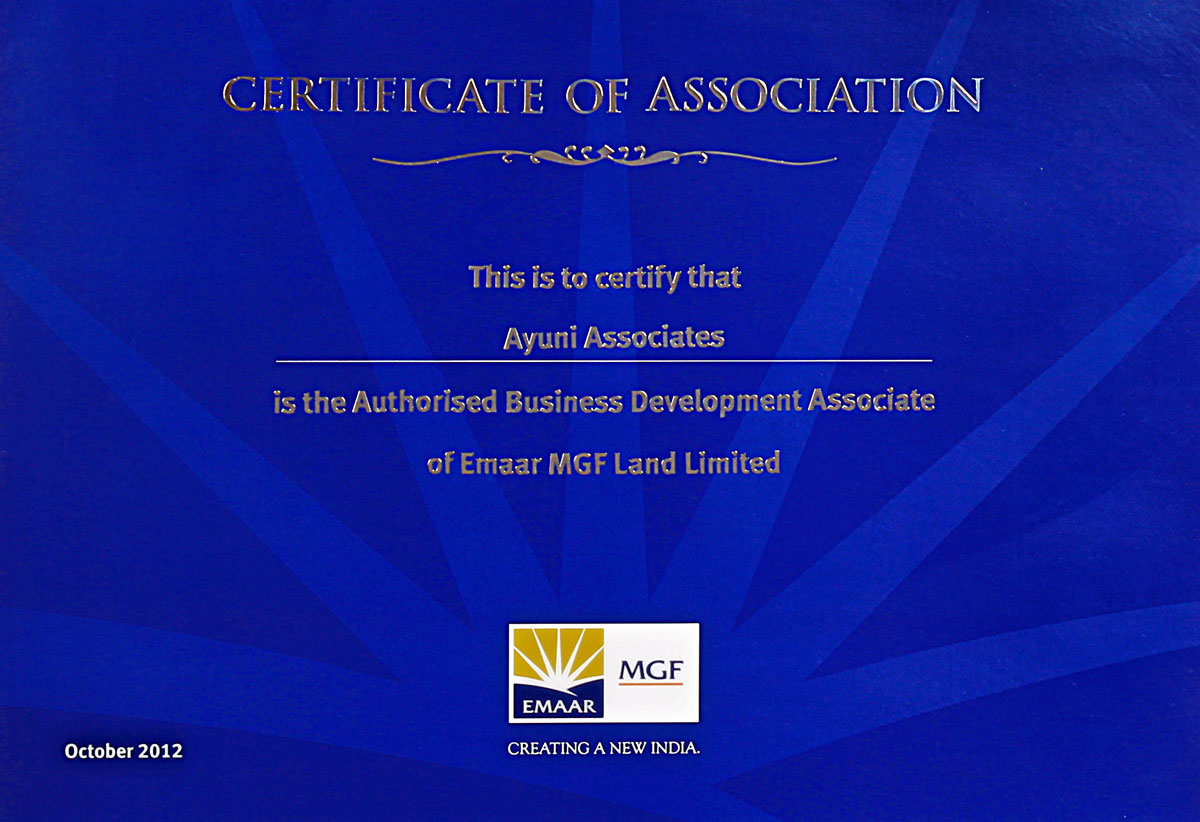





































 (1).jpg)
.png)
.png)
